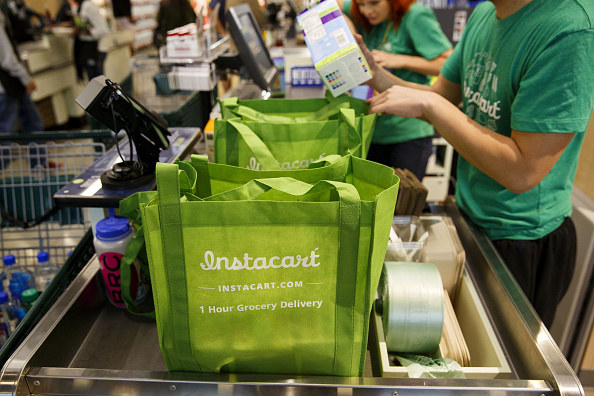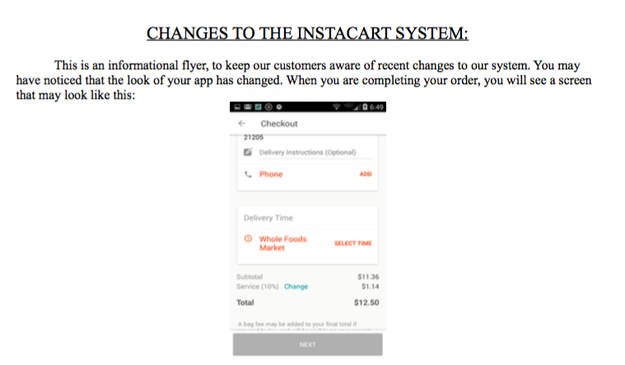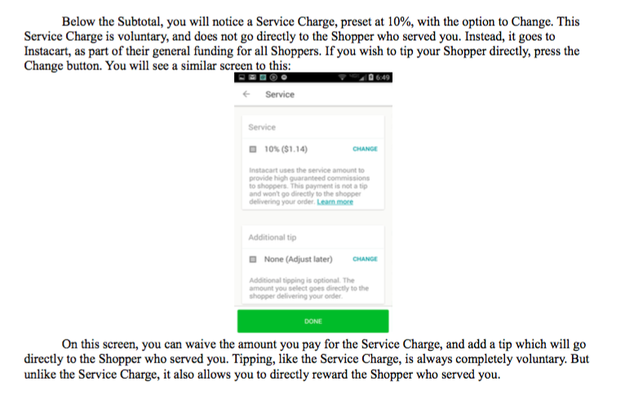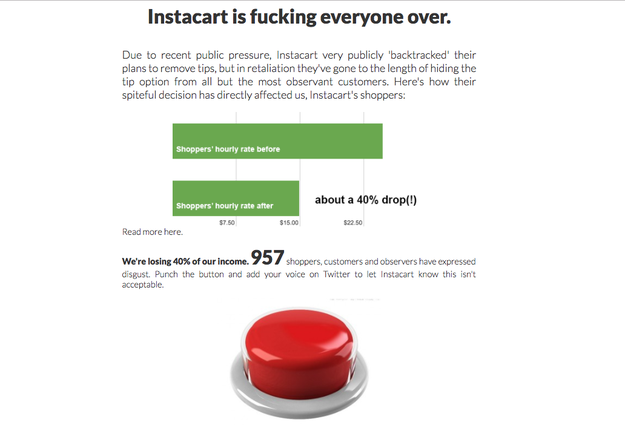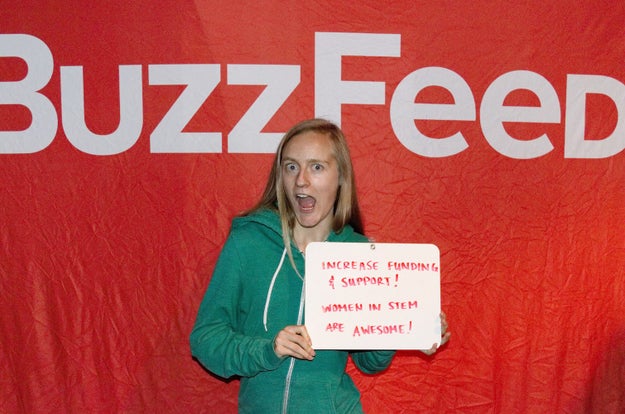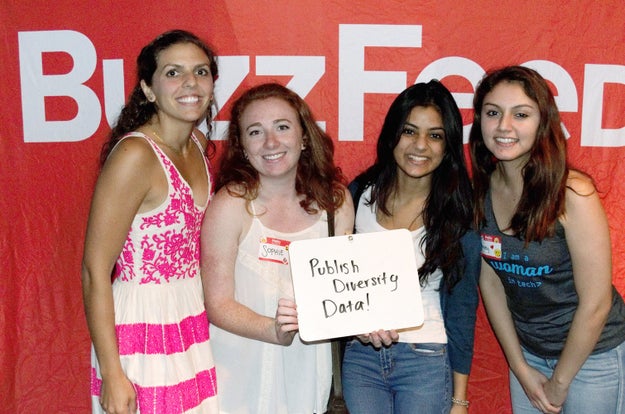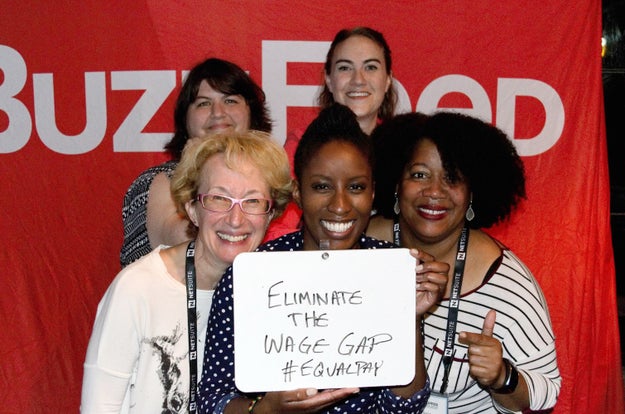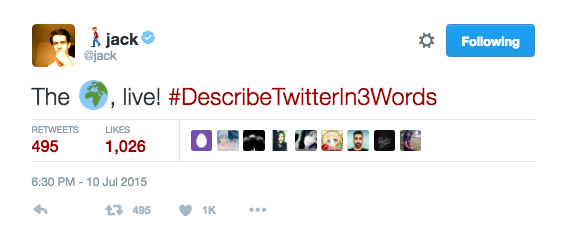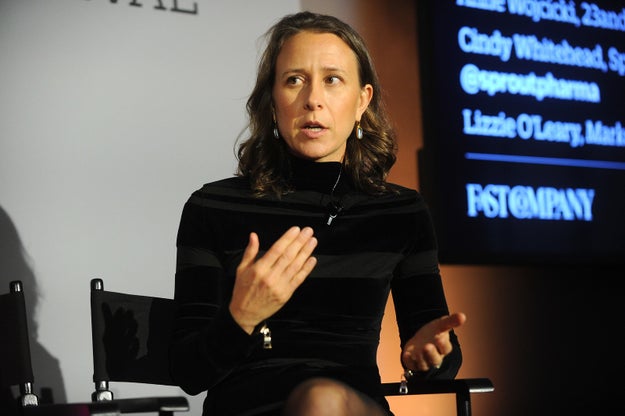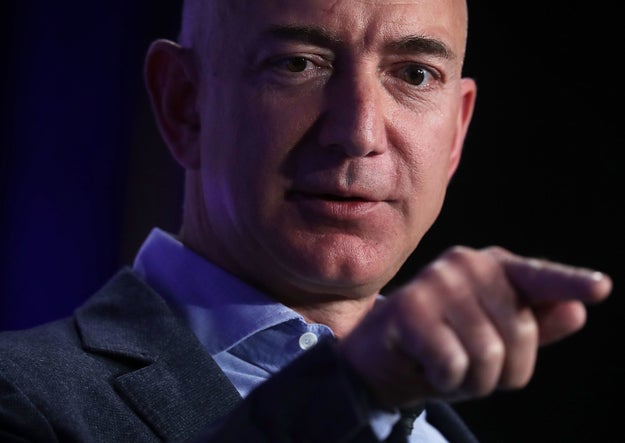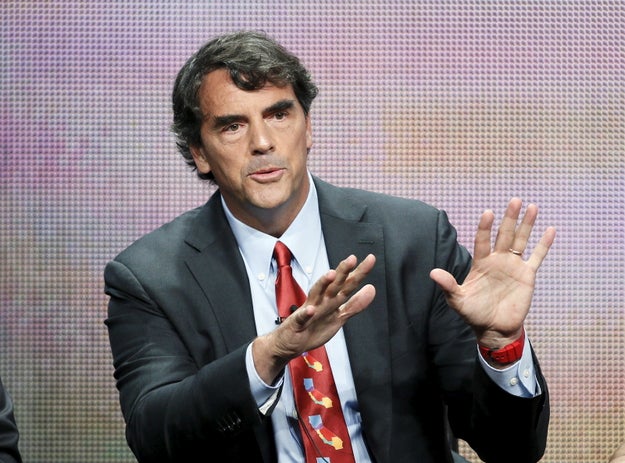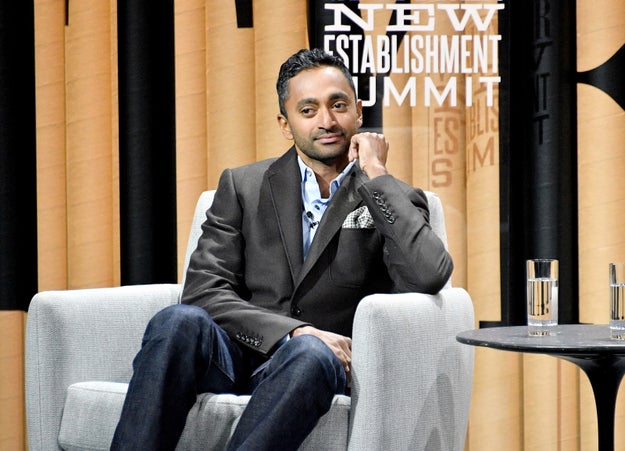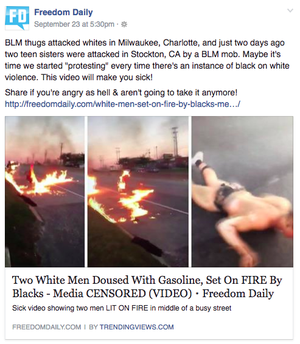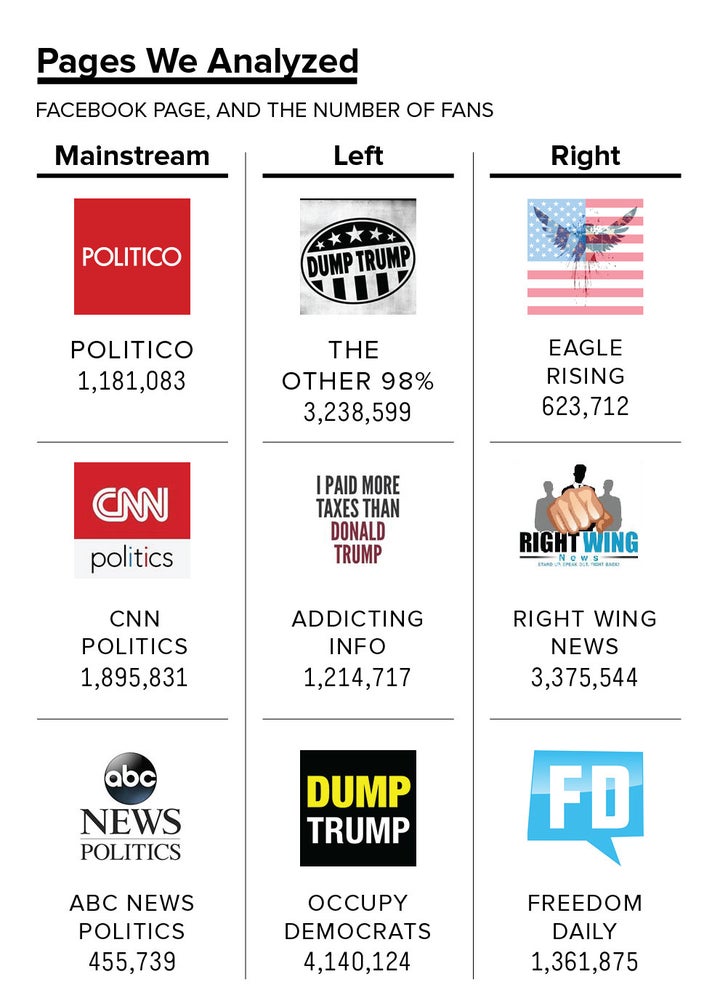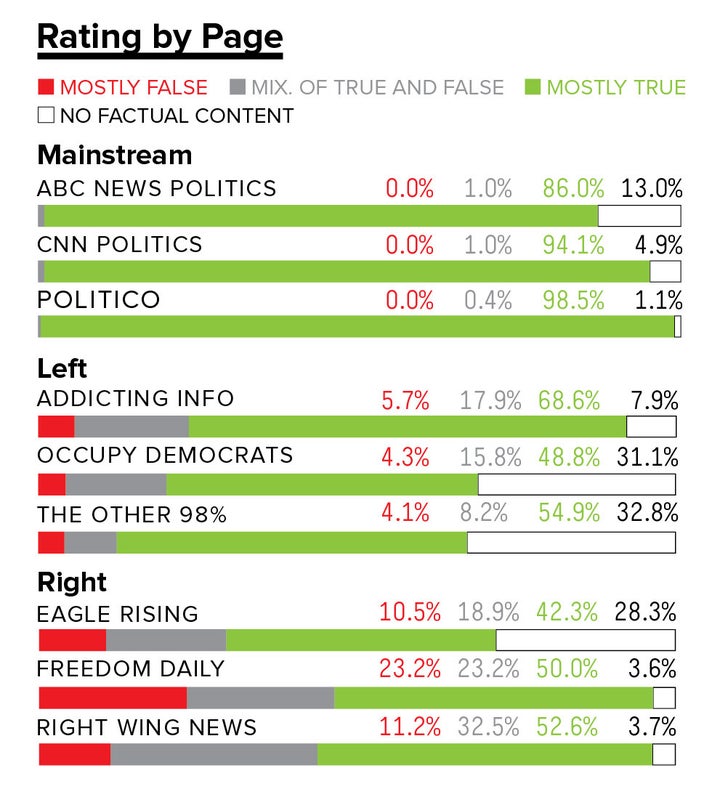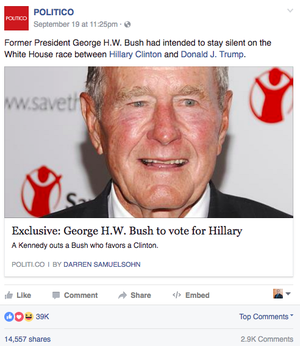Emojis Are Becoming Hyper-Realistic And That Is A Bad Thing

Via Twitter: @Opimi1
This week, Apple released a preview of iOS 10, which includes some big updates to some of your favorite emojis. There are a number of new additions (facepalm! selfie&033;) but the biggest change is largely aesthetic. Emojis are getting hyper-realistic.
Take this comparison of everyone’s favorite dancing lady emoji, who now has a lot more details like a mouth and nose and is now flashing what feels like maybe a weird amount of leg for an emoji:
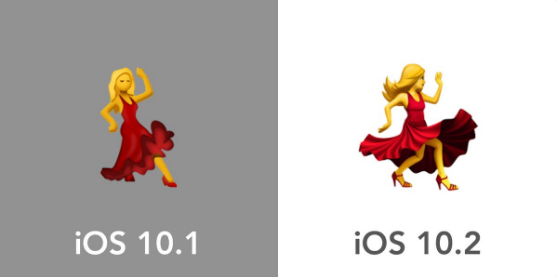
Emojipedia
Or just have a look at what’s happened to the poor ambiguous canine, who, as if by some kind of demonic puberty, evolved over night into a formidable gray wolf:

And how about the newest emojis, like “female farmer” and “female firefighter,” which you’d be forgiven for mistaking for background extras in a forgettable Pixar film:
Apple is hardly alone in evolving its emojis from goofy yellow disembodied heads into increasingly lifelike, skeuomorphic three-dimensional characters. Google, Facebook, Microsoft, and Twitter have consistently tweaked, detailed — and, in a few cases, completely overhauled — some of the original emojis.
And I, for one, am furious.
Things change. Software updates. But what’s happening to emojis represents the worst kind of gentrification of the internet. It’s unnecessary, sterilizing, and maybe even a little bit dangerous for the future of the beloved character set.
Arguably the biggest reason for emojis' success has to do with their lovable weirdness and limitations — the constraints that forced its users to get creative and turn emojis into a language of their own. Emoji originated in Japan, and its culturally specific character set, with inscrutable inclusions (at least to non-Japanese users) like a video game controller, two (two&033;) compact discs, a bunch of fax machines, and lots of plugs and microscopes and envelopes with arrows all over them made the glyphs feel like a cool, weird discovery. (There’s something genuinely delightful about a limited set of illustrations that decides it is absolutely crucial to immortalize the eggplant ahead of most other foods.)
“They are trying to hard to be something they will never be.”
More frequently though, emoji’s constraints led its earliest adopters to assign their own meaning to individual emojis — little iMessage Rorschach tests with hidden meanings to interpret. Some characters’ meanings evolved completely into new near-universal standards (the eggplant became a dick and the peach a butt, and the youngs giggled and sexted and all was good) while others took on their own significance as inside jokes or shorthand. Definitions varied with one important constant: Emojis were a fun, joyful emerging form of self-expression. Slowly, at first and then very quickly, emoji began to transcend its status as a set of strange little pictures and became something not unlike its own almost-language — by the vegetable sexters and for the vegetable sexters.
But the ambiguity that helped turn emoji into its own means of expression is being quickly eroded. In Apple’s latest update, the peach emoji has shed its cartoonish shape for a realistic fruit skin and detailed leafing. A crucial rotation of the peach has all but eliminated its cleft, thereby calling its near-universal status as a set of juicy glutes into question. Or, as one co-worker said, “It still looks like a butt, BUT *whispers* it&039;s no longer a booty.”
The same goes — though arguably to a lesser extent — with the canine emoji’s transformation; Apple has taken away the option to assign one’s own interpretation to the glyph by changing its design specifically so that it is now, undeniably, a wolf. And that sucks. Many emojis are best employed to to convey an abstract feeling, rather than a well-defined, literal thing; one colleague explained using the dancing lady to express “a sort of nonspecific joie de vivre.” Of course that’s harder to do now, she said, “now that she looks like a real-life salsa dancer with a face.” By removing all uncertainty, Apple — and all the other big tech emoji purveyors — have stripped emojis of the ambiguity and weirdness that made emojis so different and fun. Simply put: It’s impossible to make emojis your own when the meanings are being so clearly rewritten and defined.
And then there’s the addition of dozens and dozens of new, specific items like foods like the burrito or avocado and cultural norms like the selfie and the facepalm. These aren’t so much diversity initiatives as they are user requests but they, too, mark a shift in emojis from the symbolic to the literal — from fun hieroglyphics to something more like a complete language. A good bit of emojis&039; charm comes from using imprecise emojis to convey a feeling or object (one colleague pointed out a clever example on Venmo in which somebody used the green tea emoji as a stand-in for guacamole. Ingenuity&033;).
From a design standpoint, emoji’s realistic evolution feels corporate — another example of the technology’s evolution from grassroots art toward more professional, marketing department–approved images. The new images — especially many of the human emojis — feel not just sterilized but off-putting with their large, longing, unblinking eyes. One designer who has worked with emoji summed up the problem with the new emojis in two words: “uncanny valley.”
Jennifer 8. Lee, a Unicode emoji subcommittee member, suggested that the realism of the new emojis is a betrayal of the medium’s original promise. “As they get more sophisticated, they become more photo-like, but the whole idea is that they were in a place between letters and images,” she said. “They are trying to hard to be something they will never be.” It’s a notion that touches on the most frustrating part of these new changes, which is that we didn’t ask for this. It feels utterly inconceivable that a normal human at any point ever stared down at the red dancing lady on their phone, longingly wishing for her to sprout a nose and mouth.

Via maggiethevaliant.tumblr.com
As of now, the exact reasons for the changes are unclear, and Apple did not respond to questions about it. Jeremy Burge, a Unicode member who runs the exhaustive emoji blog Emojipedia, suggested suggested improving tech might be the reason behind the decision to re-draw. “It’s clear that Apple&039;s old emoji images weren’t scaling well to retina screens, with all kinds of blurry lines and odd shadows showing,” he said of the changes. Another possibility: Emojis on iOS 10 now display three times larger (another product tweak nobody asked for&033;), which means more room for unnecessary detail. There’s also speculation that the realism trend could be meant to create more differences between male and female emojis to make room for a third, gender-neutral emoji set.
Others suggest perhaps it’s an unforeseen result of emojis&039; (very welcome and universally praised) diversification — that adding new combinations of skin tones and gender has led to a demand for more detail, which, in turn, has rather bizarrely resulted in more careful shading and texturing on the pit of the avocado emoji. Indeed, it’s possible that the Unicode Consortium’s admirable decision to make emojis more representative of their users — and their desires (which include the addition of the burrito, the selfie, and avocado, among many others) opened the door for emojis&039; evolution for better and for worse.

Emojipoems / Via buzzfeed.com
But still, it’s hard not to stare into the dead eyes of the farmer emoji or count the meticulously shaded ruffles on dancing lady’s red dress and feel like something essential is being lost. One co-worker compared emoji&039;s changes to when worried parents got together and forced entire neighborhoods to have their children trick-or-treat in the broad daylight of the afternoon — sure, it maybe makes sense, and it’s a bit hard to claim it’s actively harmful, but it still sucks and undermines the original spirit of the thing.
This argument isn’t lost on those close to emoji world — Burge, for example, supports the new emojis, but is sympathetic toward these frustrations. “Apple’s quirky artwork was certainly one reason many people fell in love with [emojis],” he said. “Over time as the emoji set has become more diverse and more detailed, I can see how this in some ways is less fun, even if it does arguably make emoji more useful.”
The issue here is a feeling of a sort of remodeling that&039;s all too common with weird pockets of the internet and technology. It&039;s the sanding off of the edges and imperfections that gave shape to and defined emojis. Maybe we should have seen it coming: Emojis&039; explosive popularity meant not only more scrutiny but marketability. Custom emojis have become their own cottage industry; emojis have been made their way onto T-shirts and pillows and news organization front pages and, soon, the big screen. There’s an argument to be made that as with most beloved, insanely popular things online, the brands and corporations discovered emojis and pounced, making them more mainstream, while driving away their earlier devoted crowd.
But emoji’s case is different. Emojis are not some great unknown bar suddenly overrun by douches after an article in the paper, or a hilarious fringe meme ruined by seeing your Aunt share it on Facebook — emojis were already universal. But what made them special is that, unlike so many universal things, we got to decide what they meant and how to use them. Emojis are meaningful because they’re personal and they’re personal because they’re not clearly defined. And now that’s changing and it’s probably only a few months now before Exxon builds a VR simulation where I can visit EmojiLand™ and go ballroom dancing with Cheryl The Red Dress Lady™ and take up birdwatching with Timmy The Friendly Poop Emoji™. I dunno, man, I just don’t like it one bit.
Quelle: <a href="Emojis Are Becoming Hyper-Realistic And That Is A Bad Thing“>BuzzFeed
